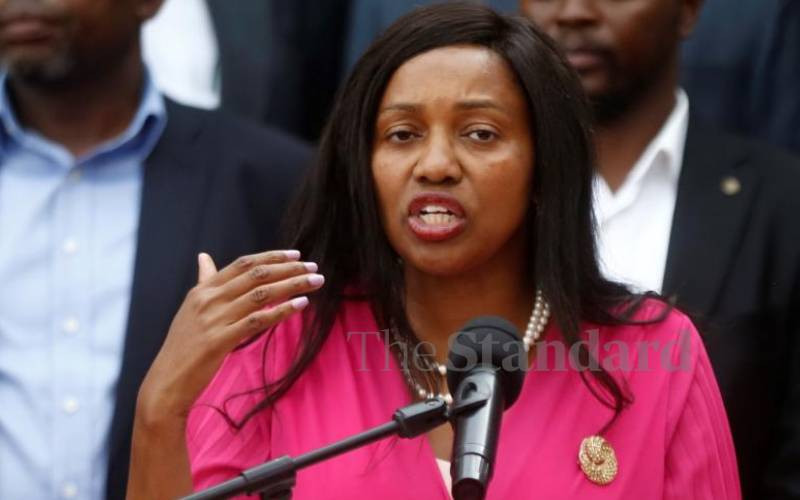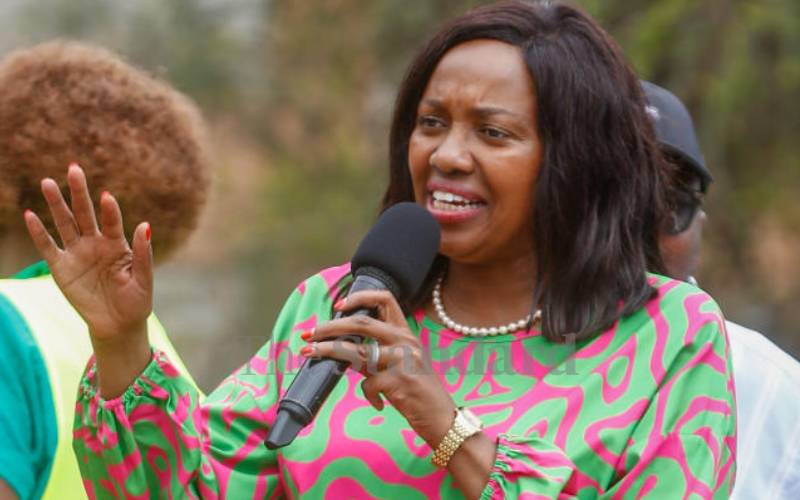Njeri Rionge, Eva Muraya, Tabitha Karanja and Mary Okello are among Kenya’s successful female entrepreneurs, and have in their own ways made a huge difference in people’s lives and in entrepreneurship by creating jobs and beating a path for other women to follow.
These women, and many others, who make up a special crop of daring female entrepreneurs have been featured in business magazines, mentored other women and youth, and time and again used their lives and work to inspire others.
They are, however, just the tip of the metaphorical iceberg that is the female population in Kenya and other parts of Africa, and their modest number only serves to make us painfully aware of the fact that financial inclusion and entrepreneurship for women continues to be a major uphill task in most parts of Africa.
But there is a silver lining. According to the World Bank’s Global Findex report 2014, in all regions of the world, more women now have a bank account compared to earlier periods. Worldwide, account penetration among women rose from 47 per cent in 2011 to 58 per cent in 2014.
At the same time, account penetration for men was estimated at 65 per cent, a seven per cent gap. Financial inclusion for women is growing, but still lags behind that of men. The situation is worse in developing economies, with the gap at nine per cent.
The report also found that 1.1 billion women still have no access or don’t use the financial system at all. This means a lot of work remains to be done to improve or even introduce financial access and inclusion for women. Today, nearly 17 per cent of the world’s adult population is still not literate — two-thirds of the illiterate are women.
Missed opportunity
In Kenya, according to figures from the International Financing Corporation (IFC), 48 per cent of businesses are owned by women. Yet, only seven per cent of women entrepreneurs in Kenya have access to formal credit.
For a long time, this inclusion gap remained both a tragedy and a missed opportunity, until discerning financial institutions in emerging markets decided to tap this segment.
For instance, Chase Bank Kenya set up the first women-banking unit in the local sector to enable women customers access affordable financial access, creating opportunities for business development and income generation. The impact of the product got the attention of the IFC, which signed an advisory and financing deal worth over $15 million (Sh1.5 billion) to support it.
With technology having already proven a major driver for financial inclusion, and with increased uptake of mobile banking products, the barriers to women’s financial inclusion are starting to crumble.
The writer is head of Chase Woman at Chase Bank, and will be speaking at the Global Entrepreneurship Summit on women and financial inclusion. [email protected]
 The Standard Group Plc is a
multi-media organization with investments in media platforms spanning newspaper
print operations, television, radio broadcasting, digital and online services. The
Standard Group is recognized as a leading multi-media house in Kenya with a key
influence in matters of national and international interest.
The Standard Group Plc is a
multi-media organization with investments in media platforms spanning newspaper
print operations, television, radio broadcasting, digital and online services. The
Standard Group is recognized as a leading multi-media house in Kenya with a key
influence in matters of national and international interest.
 The Standard Group Plc is a
multi-media organization with investments in media platforms spanning newspaper
print operations, television, radio broadcasting, digital and online services. The
Standard Group is recognized as a leading multi-media house in Kenya with a key
influence in matters of national and international interest.
The Standard Group Plc is a
multi-media organization with investments in media platforms spanning newspaper
print operations, television, radio broadcasting, digital and online services. The
Standard Group is recognized as a leading multi-media house in Kenya with a key
influence in matters of national and international interest.








